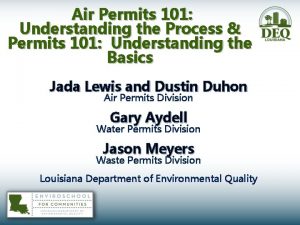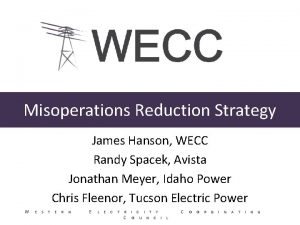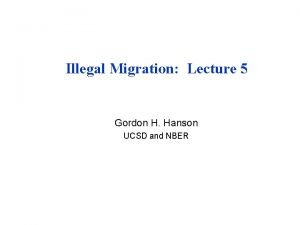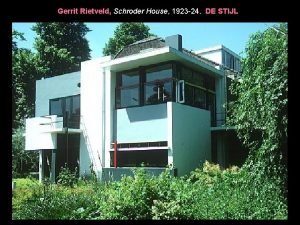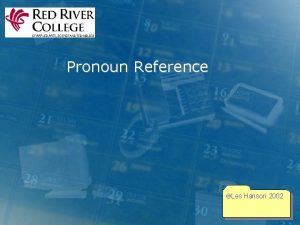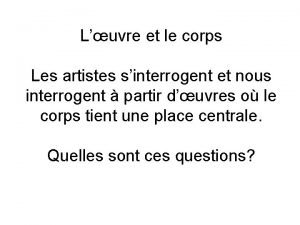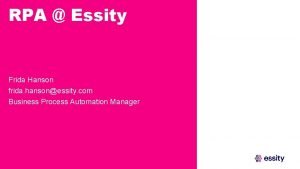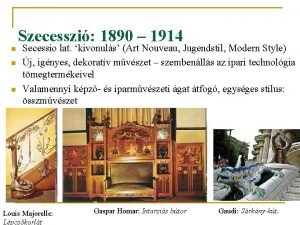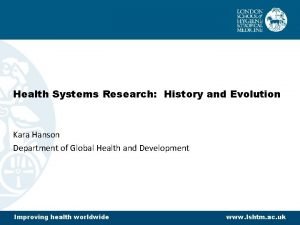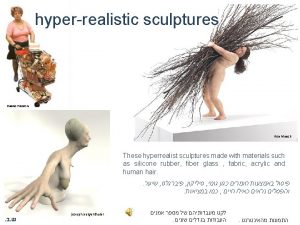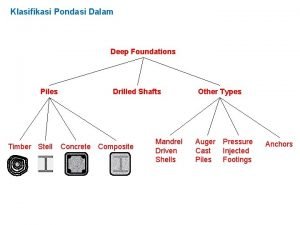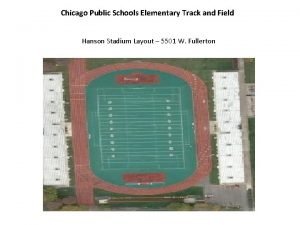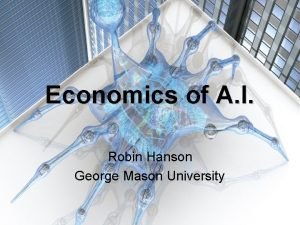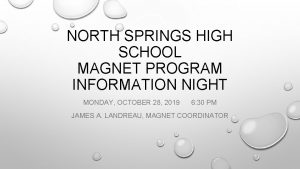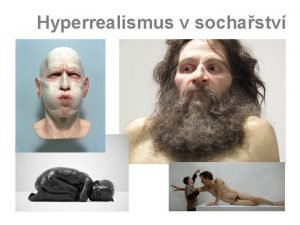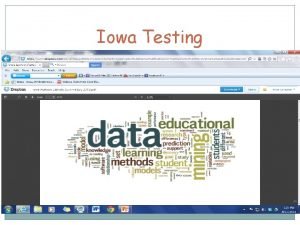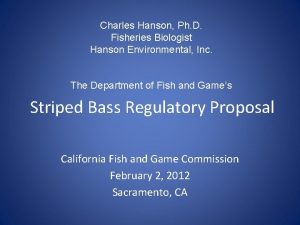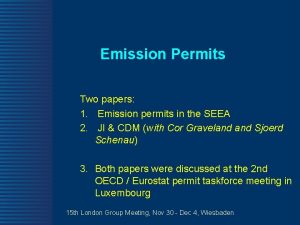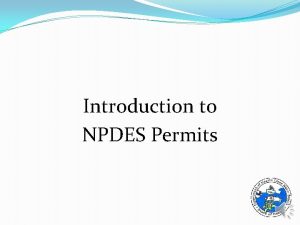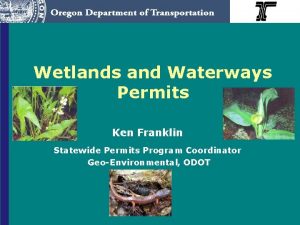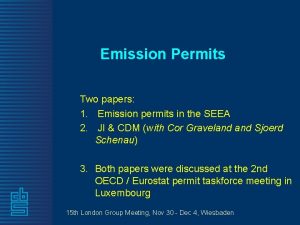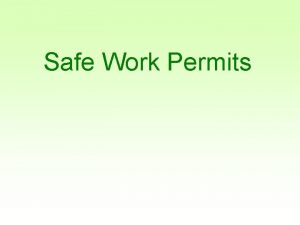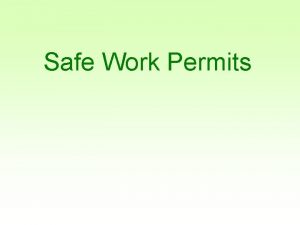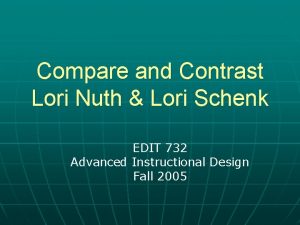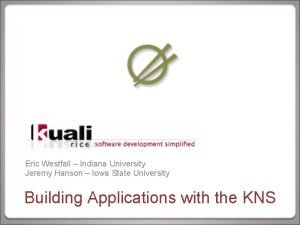Iowa Title V Operating Permits Lori Hanson Title






















- Slides: 22

Iowa Title V Operating Permits Lori Hanson, Title V Operating Permit Section Supervisor

Presentation Outline • • 2 Iowa DNR Title V Services Title V Program Basics Permitting Statistics Title V Process Improvements

Iowa DNR Title V Services 3

• Industry Title V Permits Benefit: – Provides a concrete consolidated resource of all requirements for environmental managers to utilize – Identifies new requirements not previously recognized – “Locally” negotiated permit terms in Iowa vs. Kansas City • Public – Emissions monitoring requirements lead to better air quality – One document describes all air quality requirements – Provides opportunities for active participation in the process • State – Uniform and efficient mechanism to consolidate and administer the requirements of CAA 4

Title V Organization Chart Lori Hanson Supervisor Weston Li ESS Chris Kjellmark ESS Jeremy Arndt ES Dale Brunotte ES Karrie Darnell ES Karen Lodden ES Jessica Reese Mc. Intyre ES Jordan White ES John Woodland ES 5

Iowa Title V Facilities 6

Iowa Title V Statistics 5 -yr Average (2009 – 2013) 2013 279 286 Total tons of pollution 297, 238 260, 809 Tons subject to fees 161, 362 147, 914 $56 $9. 0 million $8. 3 million 77% 75% Number of facilities Fee per ton Title V Fees paid Percent of air program funded 7

Title V Program Basics 8

The Title V Program • Primarily affects the largest industries (major sources) with potential emissions of any of the following: – 100 tpy any regulated pollutant – 10 tpy any single hazardous air pollutant (HAP) – 25 tpy combination of HAPs 9

The Title V Program • Select smaller industries referred to as “area sources” are subject to Title V due to: – New Source Performance Standards (NSPS) – National Emissions Standards for Hazardous Air Pollutants (NESHAP) • Solid waste incinerators under CAA section 129 10

The Title V Program • Incorporates ALL air requirements into a single document: – Federal regulations – State regulations – Pre-construction permits – Judicial and Administrative Orders • Adds monitoring requirements to ensure continued compliance and protect public health 11

The Title V Program • Enforceable requirements: – – Consolidates into a single document Facilities file semi-annual monitoring reports Certify their compliance annually Submit annual emissions inventory • Permits renewed every 5 -years • Pay annual fee on emissions – Fees are based on actual tons of pollution emitted – Based on annual emissions inventories 12

The Title V Program • Public review – provision for citizen involvement: – 30 days public notice – 45 days for EPA to object – +60 days citizens can petition EPA to object – +60 days for EPA to grant or deny permit 13

Permitting Statistics 14

Title V Application and Permitting History 2009 - 2013 70 60 50 40 Applications Received 30 Permits Issued 20 10 0 2009 15 2010 2011 2012 2013

Title V Permit Backlog 100 80 60 Backlog 40 20 0 14 n- Ja 13 12 n- Ja 11 10 09 n- Ja 16

Title V Process Improvements 17

Title V Improved Efficiency • 2012 Kaizen process improvement event: – Develop new Part 1 application - spreadsheet format • Not pursued due to limitations of the event – – 18 Created new Part 2 application More informative instructions Provide training/workshop Increase intra-bureau coordination

Title V Improved Efficiency • 2012 Value Stream Mapping event: – Reviewed all Bureau activities and the value they bring to our mission, our customers and the public • Prioritize/eliminate/keep – Increased bureau-wide focus on Title V backlog – 76% increase in permit issuance between 2011 and 2013 19

Title V Improved Efficiency • Future streamlining 2014: – Initiative to help facilities exit Title V • 44 facilities with emissions < 25% TV thresholds – 6 may be eligible to exit • Additional 30 facilities < 50% TV thresholds – Additional 13 may be eligible to exit – Remove Voluntary Operating Permit rules – Allows DNR to focus on largest facilities 20

Lori Hanson Title V Operating Permit Supervisor (515)725 -9525 lori. hanson@dnr. iowa. gov 21

Questions? 22
 Lori hanson dnr
Lori hanson dnr Air permitting 101
Air permitting 101 James hanson will and grace
James hanson will and grace Gordon h hanson
Gordon h hanson De stijl schroder house
De stijl schroder house What does team mean
What does team mean Hanson center for technical communication
Hanson center for technical communication Hanson 2002
Hanson 2002 Philippe ramette balcon 2
Philippe ramette balcon 2 Gil hanson
Gil hanson Frida hanson
Frida hanson Duane hanson supermarket lady
Duane hanson supermarket lady Kara hanson
Kara hanson Comparison pronoun case
Comparison pronoun case John de andrea
John de andrea Klasifikasi pondasi
Klasifikasi pondasi Hanson stadium chicago
Hanson stadium chicago Bc2k
Bc2k Linda, chuck close
Linda, chuck close Kyla hanson
Kyla hanson North springs high school magnet program
North springs high school magnet program Duane hanson
Duane hanson Duane hanson
Duane hanson

